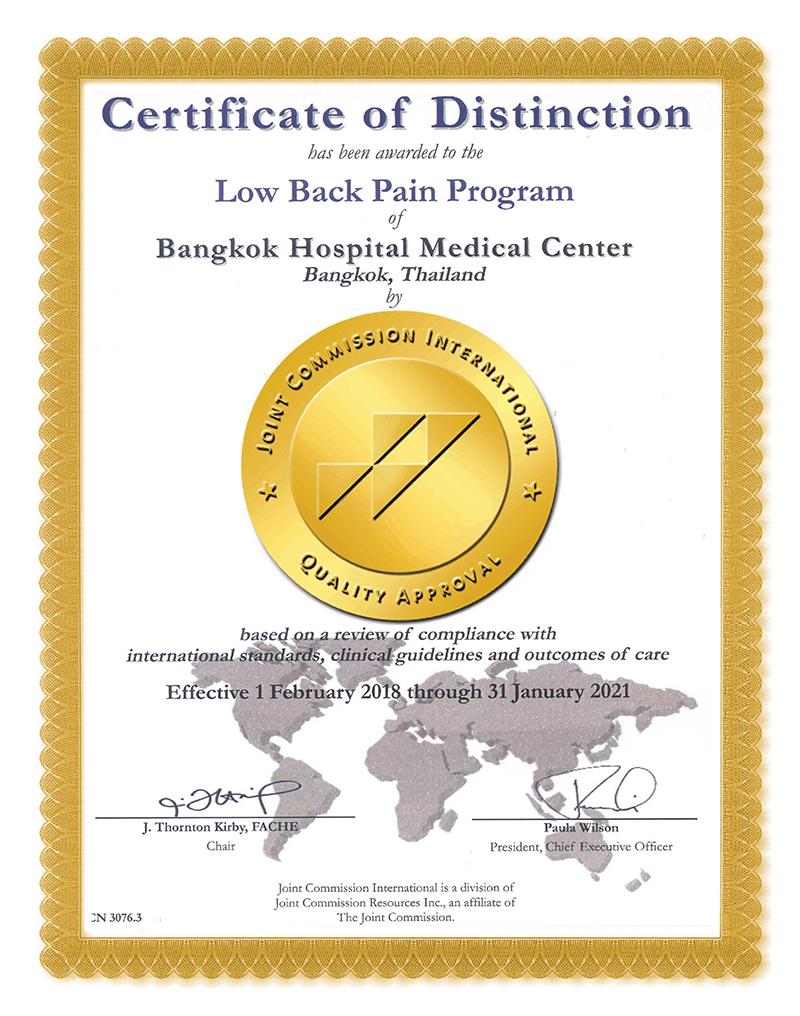The clinical pathway for Low Back Pain shall be used for Low Back Pain patients who comply with the indication as below;
Inclusion Criteria
The target audience for this clinical pathway is all clinicians caring for patients with low (lumbar) back pain of any duration, either with or without leg pain.
Exclusion Criteria
Anyone item of the followings will exclude the patient from the clinical pathway.
- The target patient population is adults with acute and chronic low back pain associated with major trauma.
- Children or adolescents with low back pain (Age < 18 years old)
- Pregnant women
- Patients with low back pain from sources outside the back ( nonspinallow back pain)
- Fibromyalgia or other myofascial pain syndrome
- Thoracic or cervical back pain.
Procedure Guideline
- Clinicians conduct a focused history and physical examination to help place patients with low back pain into 1 of 3 broad categories;
- Nonspecific low back pain
- Back pain potentially associated with radiculopathy or spinal stenosis,
- Back pain potentially associated with another specific spinal cause. Includes the small proportion of patients with serious or progressive neurologic deficits or underlying conditions requiring prompt evaluation (such as tumor, infection, or the cauda equine syndrome) ,as well as patients with other conditions that may respond to specific treatments (such as ankylosing spondylitis or vertebral compression fracture).
- Clinicians perform diagnostic imaging and testing for patients with low back pain when severe or progressive neurologic deficits are present or when serious underlying conditions are suspected on the basis of history and physical examination.
- Patients with persistent low back pain and signs or symptoms of radiculopathy or spiral stenosis will evaluate with MRI (preferred) or CT only if they are potential candidates for surgery or epidural steroid injection for suspected radiculopathy.
- Clinicians provide information about effective self-care management option to the patient.
- Clinicians consider the use of medications with proven benefits in conjunction with back care information and self-care.
- Clinicians consider the addition of nonpharmacologic therapy for patients who do not improve with self-care options.
- For patients who intervention or surgery treatment ;
- Pre-operative assessment
- Pre-operative medical consultation
- Pre-operative preparation program
- Patient education about surgery preparation, during surgery and after surgery including reevaluation after discharge.
- After operation care
- Prepare relative and environment at home
